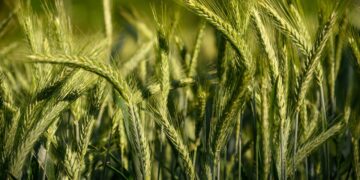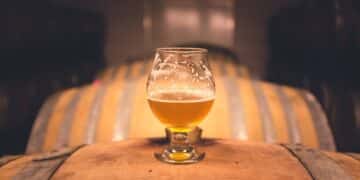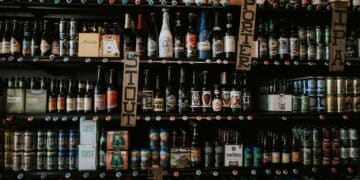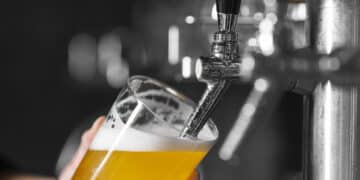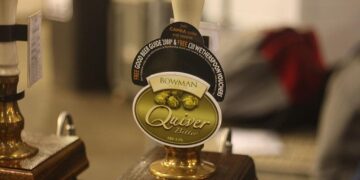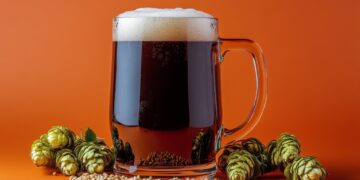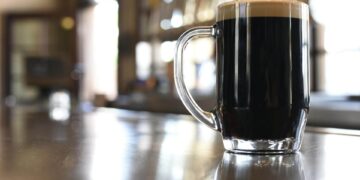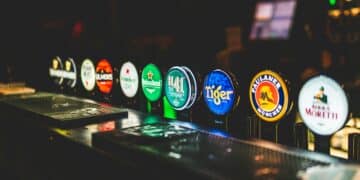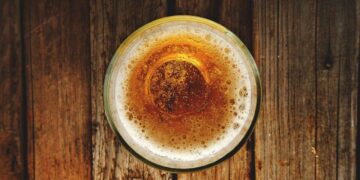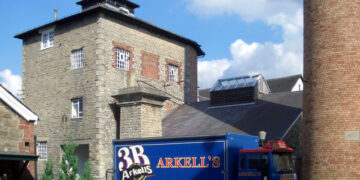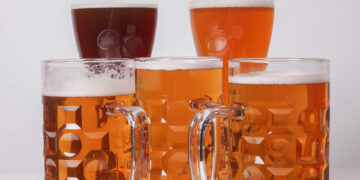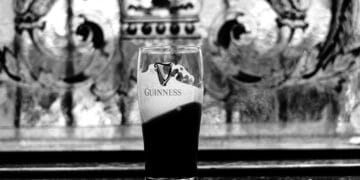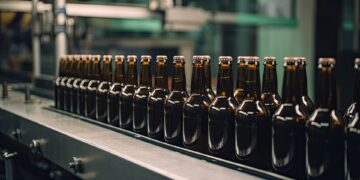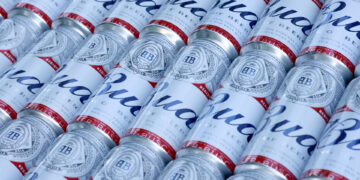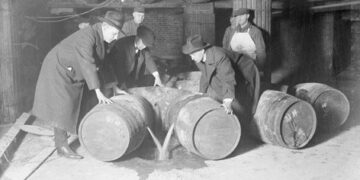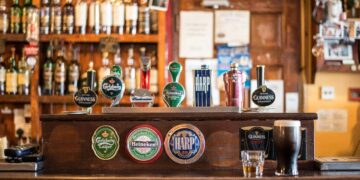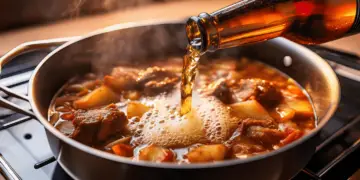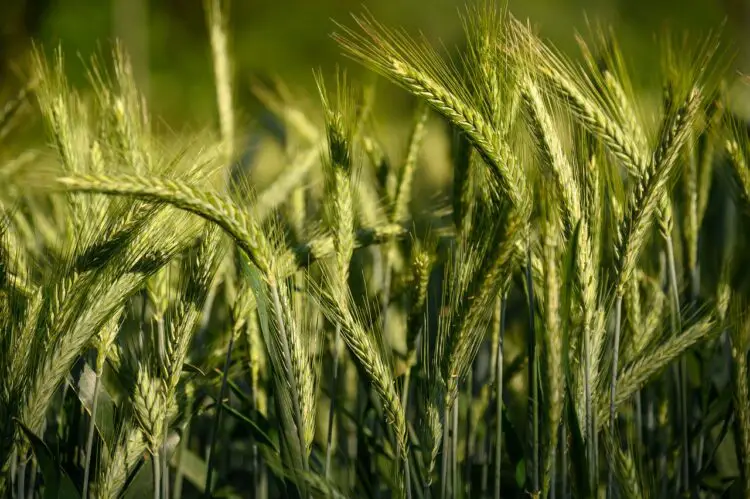Although beer comes in a wide variety of styles, each with their own individual flavours, strengths and textures, beer itself is something very specific. In order for an alcoholic beverage to qualify as a beer it must contain malted barley, yeast and water. Traditionally ‘ale’ contained no hops, and strictly speaking hops are not essential to a beer: What we now refer to as ‘beer’ is merely a hybrid of early beers. However hops have been used in beer since the 15th century (see related article: ‘The History of Beer’), with most ale’s now containing hops too.
The main distinction between different types of beer lays in the two types of yeast used in their production:
- Top fermenting yeast: Produces a light frothy ‘head’ on the beer and is used to produce ales, including bitters, porters and stout.
- Bottom fermenting yeast: Is used to produce lager, as defined in the U.K. Lager tends to be crisper and cooler than bitter and retains more ‘fizz’.
Since then beer is taken to be a mixture of barley, yeast, water, hops and a variety of other ingredients, depending on the type of beer. Fruits, herbs and sugars, amongst other things, are often added to beers to provide distinctive flavours.
The Brewing Process
The beer brewing process is relatively simple, which surely accounts partly for its spread in popularity: Beer was largely home-produced right up until the middle ages (see related article for home brewing tips). There are five main stages to producing beer:
- Malting: In which malted barley is ground down to a course flower, which is then soaked in water. The water, which will contain sugars from the barley is then extracted: This is called ‘Sweet Wort’
- The ‘Sweet Wort’ is then mixed with hops, producing ‘Hopped Wort’. The hops are then removed.
- Fermentation: Yeast is added to the hopped wort, converting the sugar into alcohol and producing carbon dioxide. A ‘secondary fermentation’ may then be undertaken in order to allow the yeast to settle.
- Calking: The beer is matured and sugar and carbon dioxide may then be added to increase the natural ‘fizz’.
- The beer is finally packaged ready for distribution in casks, kegs, bottles or cans.
Beer Variations
Though the above brewing process is common to most beers, minor variations in the process can produce widely varying tastes and textures:
- Barley wine originates from 18th century England it is stored for 1-2 years before consumption. The long storage contributes to its high strength – generally 10-12% (hence the ‘wine’ moniker).
- Lambic beers are brewed in Belgium using natural yeast fermentation. After the hopped wort is produced it is left to ferment naturally through open exposure to yeast in the atmosphere, either outside, or in long-standing breweries where high traces of such yeast naturally occur.
- Trappist Ale is produced in Belgium by just six registered monastic breweries, who together make up membership of the ‘International Trappist Association’. Trappist ales are characterised by the use of special yeast strains and sugars in their production.
- Wheat Beer is popular in Germany and France and is fermented with the use of large amounts of wheat as well as barley. It contains only a small amount of – and sometimes no – hops. It ends to be crisp cloudy and rich and is generally fairly strong (5-6%).
- White beer, (which is popular in Belgium, the Netherlands and France) is similar to wheat beer, but incorporates a blend of herbs (called ‘gruut’ in place of hops (although hops are often now used alongside gruut), giving it a distinctive sharp flavour.



